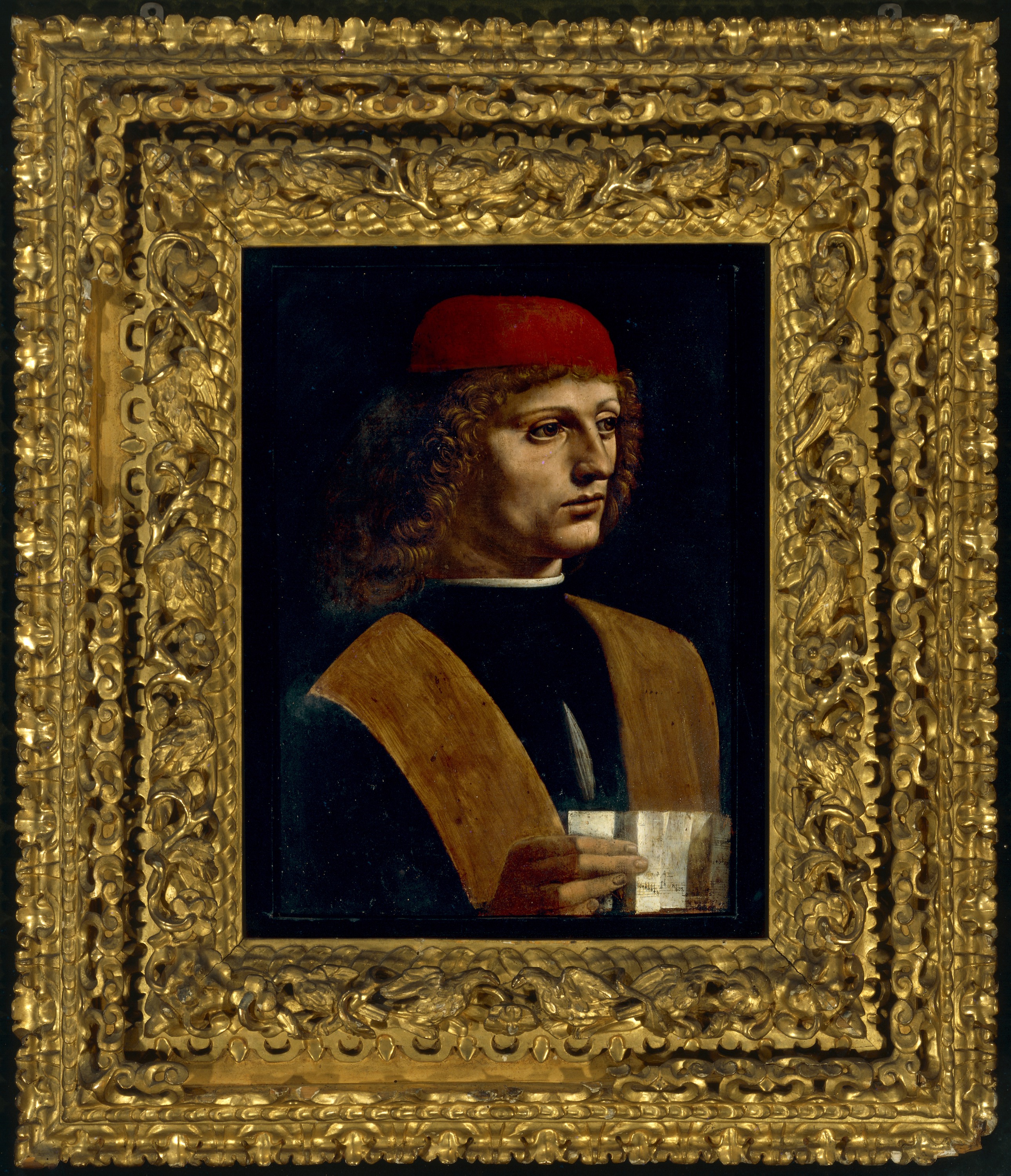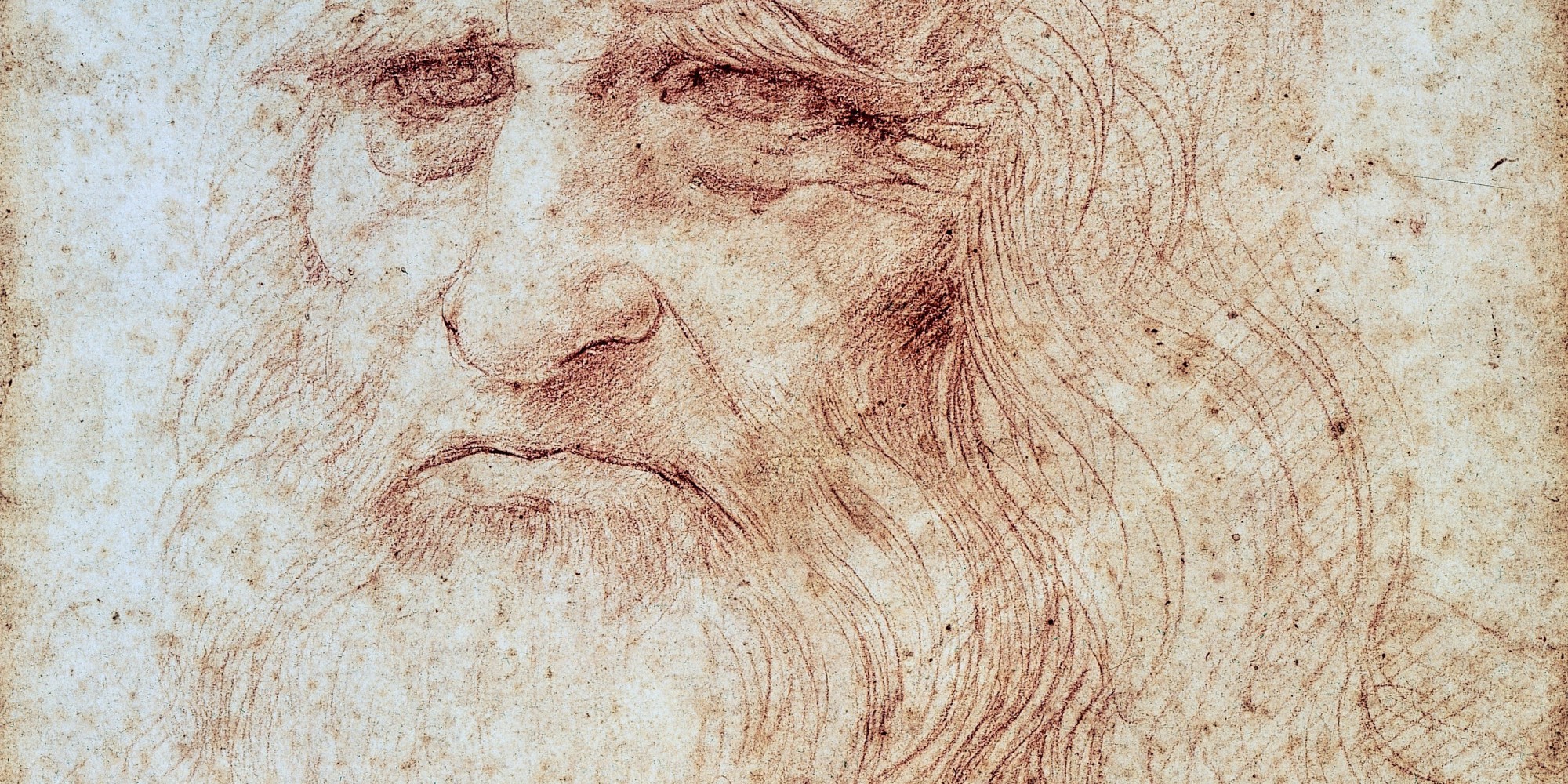We present today's magnificent work thanks to the Pinacoteca Ambrosiana in Milan. This thin walnut panel is nowadays universally recognized as an original work by Leonardo da Vinci, but until the late 18th century it was attributed to Bernardino Luini. This proved providential in preventing it from being requisitioned by Napoleon.
The attribution to Leonardo was strengthened in the 19th century, when the subject was increasingly identified as Ludovico Sforza (also known as Ludovico il Moro). The identification of the true subject became possible only in the early 20th century, when restoration brought to light the sheet of music and the pen. From that moment on, many conjectures have been advanced about the subject’s real identity: they include Franchino Gaffurio, chapel master of Milan cathedral, and Josquin des Prez, a French-Flemish singer and composer. Both Gaffurio and des Prez were active in Milan under Ludovico il Moro, but in neither case do we have any documents suggesting direct contact between them and Leonardo.
More recently some scholars have surmised that this may be the portrait of Atalante Migliorotti, a Tuscan musician who was a friend of Leonardo’s. It is worth noting that on a page of the Codex Atlanticus, in a list of sketches to take to Milan, Leonardo mentions the “portrait head of Atlante.” Portrait of a Musician, datable to 1485 (just a few years after the master’s arrival in Milan) may be a painting made from that sketch, the record of a friend who had moved with him to Ludovico Sforza’s Milan.
P.S. Here are 10 facts about The Last Supper by Leonardo you should know!


 Leonardo da Vinci
Leonardo da Vinci